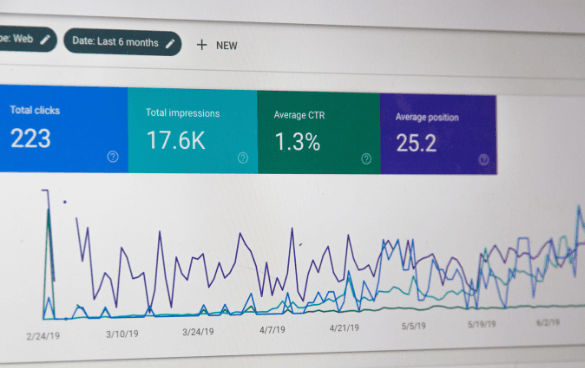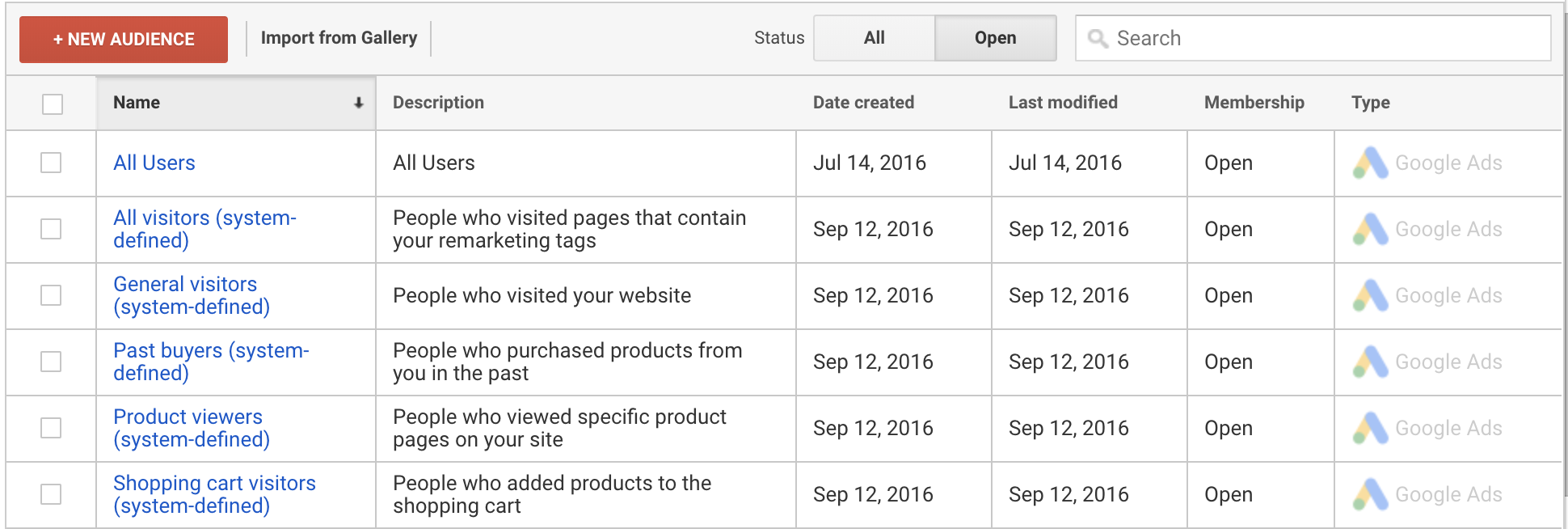Optimizing Your ROI with Remarketing In Google Analytics
Wiki Article
Harnessing Remarketing in Google Analytics: A Comprehensive Overview
Harnessing remarketing in Google Analytics supplies organizations a strategic edge in getting to out to potential consumers. This guide will shed light on the necessary steps entailed in harnessing the full capacity of remarketing in Google Analytics, leading to enhanced advertising outcomes.Recognizing Remarketing in Google Analytics
Remarketing in Google Analytics permits organizations to purposefully target individuals who have actually previously communicated with their internet site or mobile application. By leveraging data from Google Analytics, businesses can produce personalized remarketing lists based on user actions, such as web pages seen, activities taken, or details goals attained. This effective tool allows companies to re-engage with individuals who have shown passion in their services or products, ultimately raising the possibility of conversion.Recognizing the various types of remarketing strategies is critical for an effective campaign - What Is “Remarketing” In Google Analytics?. Google Analytics provides various choices, consisting of typical remarketing, vibrant remarketing, and remarketing checklists for search advertisements (RLSA) Each kind offers a distinct purpose and can be customized to fulfill specific advertising purposes
Moreover, assessing the performance of remarketing projects is important for enhancing outcomes. Google Analytics supplies important insights right into the efficiency of various remarketing strategies, allowing companies to make data-driven choices and improve their targeting technique. By continually readjusting and monitoring remarketing efforts based upon analytics information, companies can optimize ROI and drive success in their marketing campaigns.
Establishing Up Remarketing Projects

After establishing target market listings, the following action is to connect Google Analytics with Google Ads. By linking these 2 systems, organizations can effortlessly transfer audience listings from Google Analytics to Google Ads for remarketing objectives. This assimilation enables for more precise targeting and much better campaign performance.
As soon as the accounts are linked, companies can produce remarketing campaigns in Google Ads utilizing the target market notes formerly defined in Google Analytics. These projects can be personalized with details advertisement creatives, messaging, and bidding strategies to successfully re-engage with previous site visitors and drive conversions. By following these actions, services can leverage the power of remarketing to enhance their advertising initiatives and raise ROI.
Making Use Of Target Market Segmentation Techniques

Predefined sectors in Google Analytics enable you to rapidly evaluate usual audience classifications like new users, returning customers, or users that finished a details goal on your site. Personalized sectors, on the other hand, allow you to produce distinct sections based on certain standards that are necessary to your service objectives. Dynamic remarketing lists instantly change based on customer actions, showing customized ads to individuals who have actually interacted with your website in certain ways.
Studying Remarketing Performance Metrics
Upon reviewing the efficiency of remarketing projects in Google Analytics, the analysis of crucial performance metrics provides important understandings right into audience engagement and conversion rates. By delving right into metrics such as click-through rates (CTR), conversion prices, price per acquisition (CERTIFIED PUBLIC ACCOUNTANT), and return on ad spend (ROAS), online marketers can assess the success of their remarketing efforts. Analyzing these metrics makes it possible for online marketers to maximize projects, fine-tune audience targeting, and allot budgets efficiently to improve overall remarketing performance.Maximizing Remarketing Strategies
When refining remarketing approaches in Google Analytics, focusing on audience segmentation is critical for achieving campaign success. By dividing your audience into particular segments based upon their behavior, demographics, or rate of interests, you can tailor your advertisements better per team. This targeted approach boosts the possibility of involving individuals who have actually currently shown interest in your services or products, bring about higher conversion rates.One more important aspect of maximizing remarketing approaches is constantly testing and refining your projects (What Is “Remarketing” In Google Analytics?). A/B screening various ad creatives, messaging, or deals can help you recognize what resonates finest with your audience and drives the most conversions. By assessing the performance of these examinations in Google Analytics, Learn More Here you can make data-driven choices Our site to maximize your remarketing initiatives additionally
Furthermore, leveraging vibrant remarketing can significantly improve your campaign results. This feature allows you to reveal customized advertisements to individuals based upon their past interactions with your website, showcasing solutions or products they have previously watched. By supplying tailored material to customers based upon their rate of interests and actions, dynamic remarketing can help raise involvement and drive conversions.
Verdict
To conclude, harnessing remarketing in Google Analytics is a strategic technique to target customers who have formerly engaged with a website. By developing personalized audience checklists and using audience segmentation techniques, companies can enhance remarketing campaigns for increased conversion prices. Assessing performance metrics and continually optimizing approaches are critical for making the most of the efficiency of remarketing efforts.Google Analytics supplies different options, consisting of common remarketing, dynamic remarketing, and remarketing checklists for search advertisements (RLSA)After establishing up audience listings, the next action is to link Google Analytics with Google Ads. By connecting these two systems, companies can flawlessly transfer audience checklists from Google Analytics to Google Ads for remarketing functions.As soon as the accounts are linked, companies can develop remarketing campaigns in Google Advertisements making use of the audience notes formerly specified in Google Analytics.When refining remarketing strategies in Google Analytics, focusing on target market segmentation is extremely important for accomplishing project success.
Report this wiki page